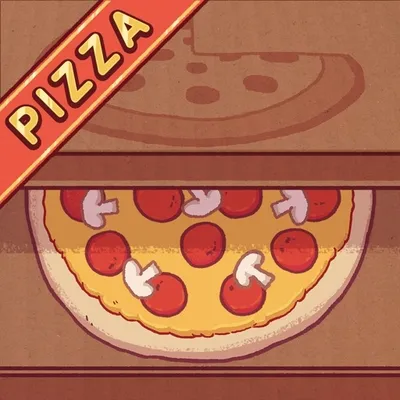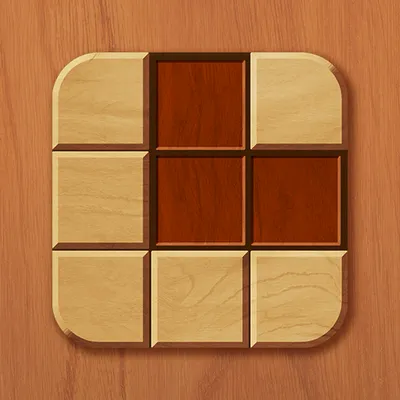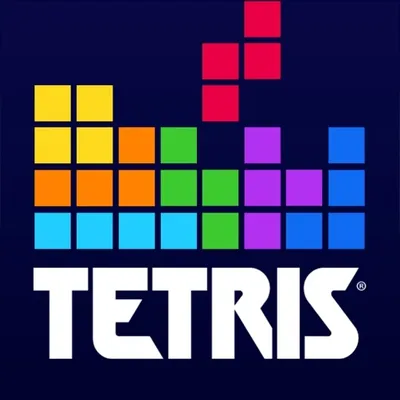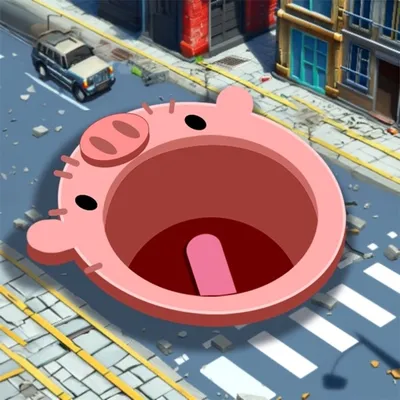Spider Solitaire
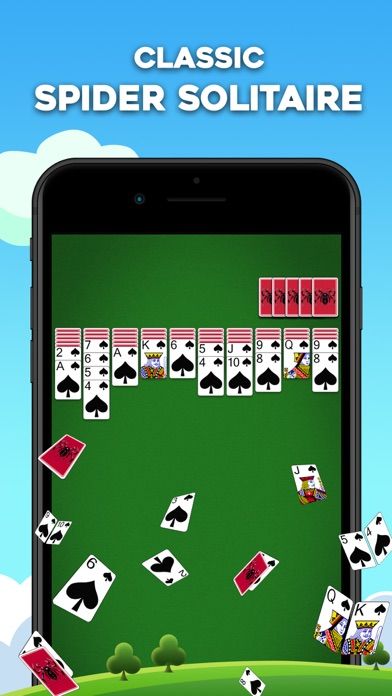
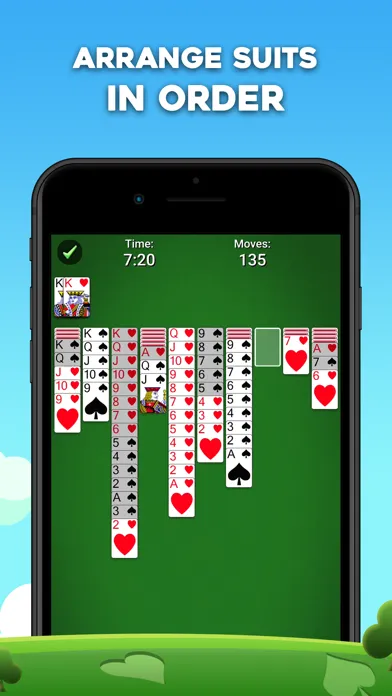

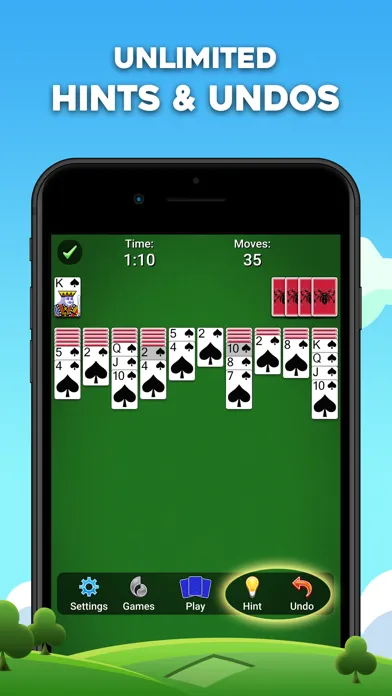



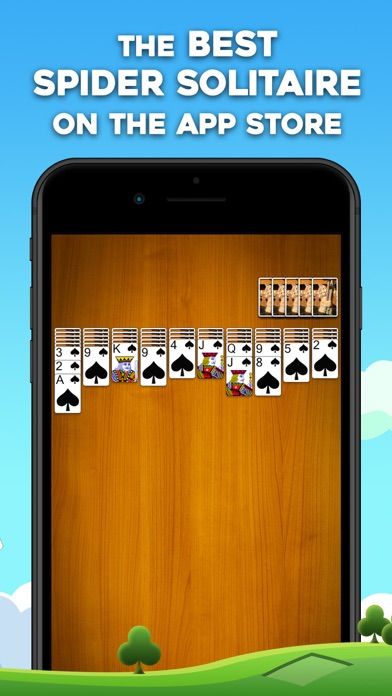
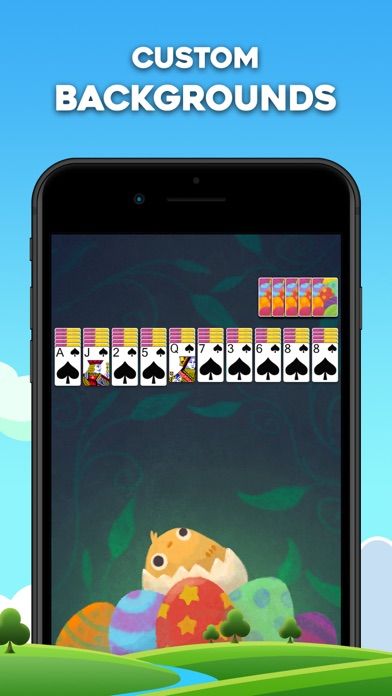
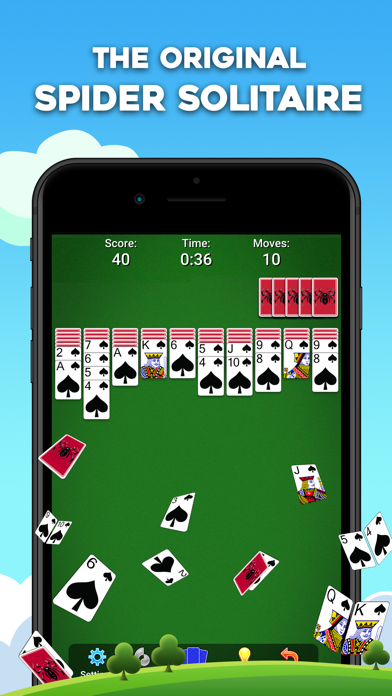
Spider Solitaire: A Challenging Card Game for Strategy Enthusiasts
Spider Solitaire is a widely embraced variant of the traditional Solitaire card game, recognized for its intricate strategies and more elaborate gameplay. The primary objective in Spider Solitaire is to construct sequences of cards in descending order, from King down to Ace, within the tableau. Upon completing a full sequence, these cards are removed from the playing area.
This game typically employs two decks of cards and provides three levels of difficulty: one suit (easy), two suits (medium), and four suits (hard).
In contrast to classic Solitaire, Spider Solitaire demands meticulous planning and adept maneuvers to effectively manage the numerous cards in action. It presents a demanding yet gratifying gaming experience, making it ideal for players who relish problem-solving and strategic thinking.
Game Setup
Tableau Layout: The game begins with a layout consisting of 10 columns of cards. The first four columns feature six cards each, while the remaining columns contain five cards. The top card of every column is face-up, while the rest remain face-down.
Stock Pile: Any remaining cards are set aside in a stockpile, which players can draw from when no other moves are available on the tableau.
Decks and Suits: In the simplest version of the game, only one suit (typically Spades) is utilized. More challenging variations include two or four suits, increasing the difficulty of forming sequences.
Objective
The aim of Spider Solitaire is to assemble sequences of cards ranging from King to Ace, all in the same suit. Once a complete sequence is formed, it automatically gets removed from the tableau. Victory is achieved when all eight sequences (in a two-deck game) are completed and removed from play.
Moving Cards
Building Descending Sequences: Players may move a card onto another card in the tableau if it is one rank lower and of the same suit. For instance, a Queen can be positioned on a King, and a 7 can be transferred onto an 8.
Moving Stacks: If you possess a sequence of cards in the same suit (e.g., a 9 through 6 of Spades), you can relocate the entire sequence to another column, provided that the top card is one rank higher.
Empty Columns: An empty column allows for the movement of any card or entire sequence of cards into that space. This tactic plays a crucial role in freeing up cards and restructuring the tableau.
Using the Stock Pile
In situations where no additional moves can be performed in the tableau, players can draw a new row of cards from the stockpile. One card is dealt face-up to each column. It is important to note that drawing from the stockpile may complicate the game by concealing existing sequences.
Winning the Game
The game concludes successfully when players have accomplished all required sequences (eight complete sets in a two-deck game) and have removed them from the board.
If there are no available moves and the stockpile is empty, the game is considered lost.
Difficulty Levels
One Suit (Easy): Play with a single suit, simplifying the sequence creation process.
Two Suits (Medium): Engage with two suits (typically Spades and Hearts), which elevates the challenge as sequences must adhere to the same suit.
Four Suits (Hard): Incorporate all four suits (Spades, Hearts, Diamonds, Clubs), presenting the toughest version as it greatly complicates the formation of sequences.
Hints and Undo
Hint Button: Utilize the hint button for suggestions regarding possible moves when facing difficulties.
Undo Option: Most games feature an undo function, enabling players to revert their last move, which proves beneficial when testing various strategies.
Scoring System
Points: Various iterations of Spider Solitaire adopt a scoring system wherein points are granted for completed moves and sequences. Points may be deducted for drawing from the stockpile or employing the undo feature.
Time-Based Scoring: Some variants also reward players based on their speed in completing the game, offering bonuses for quicker completion times.
Strategy Tips
Expose Face-Down Cards: Focus on moves that allow you to uncover face-down cards in the tableau, as this enhances options for subsequent moves.
Empty Columns: Aim to create empty columns as early as possible, providing increased flexibility to move entire stacks of cards and effectively reorganize the tableau.
Manage the Stock Pile: Resist drawing from the stockpile unless absolutely necessary, as it can complicate gameplay by obscuring potential moves.
Customizable Features
Themes and Decks: Many digital versions of Spider Solitaire provide options for customizable themes, card designs, and backgrounds to enhance your gaming experience.
Difficulty Settings: Choose from a variety of difficulty levels based on your skills and preferences, or challenge yourself by transitioning from easy to hard settings.
Daily Challenges and Leaderboards (Optional)
Daily Challenges: Engage in daily challenges that present unique puzzles and rewards. Successfully completing these challenges earns points, trophies, or in-game currency.
Leaderboards: Compare your scores and times with friends or global players on leaderboards, striving for high ranks.







